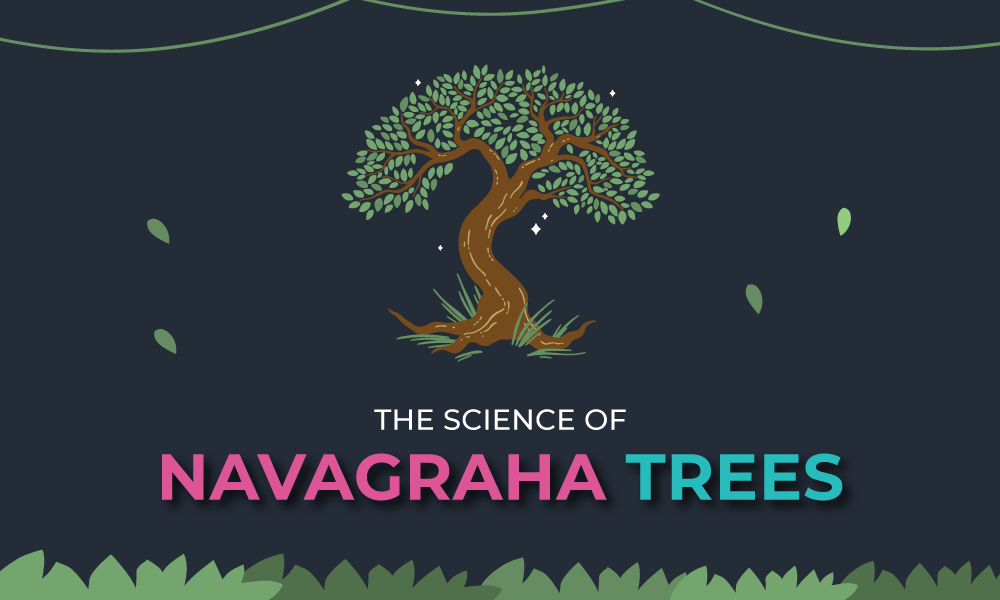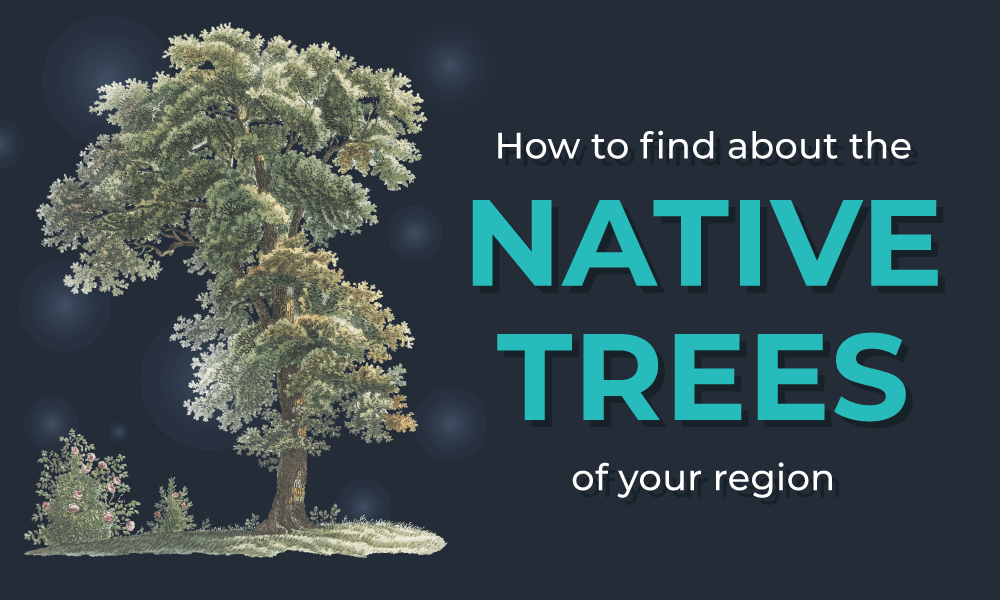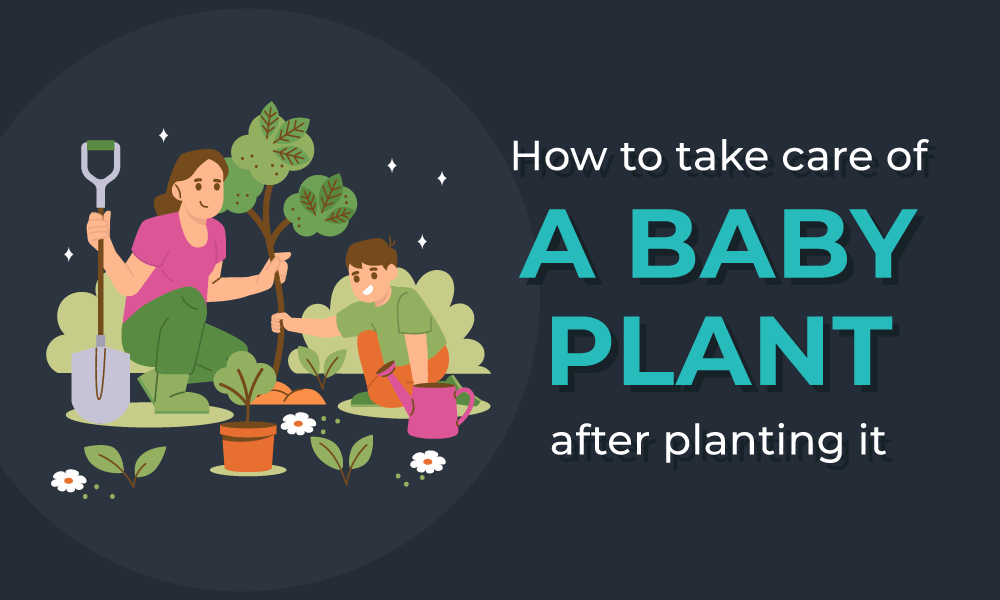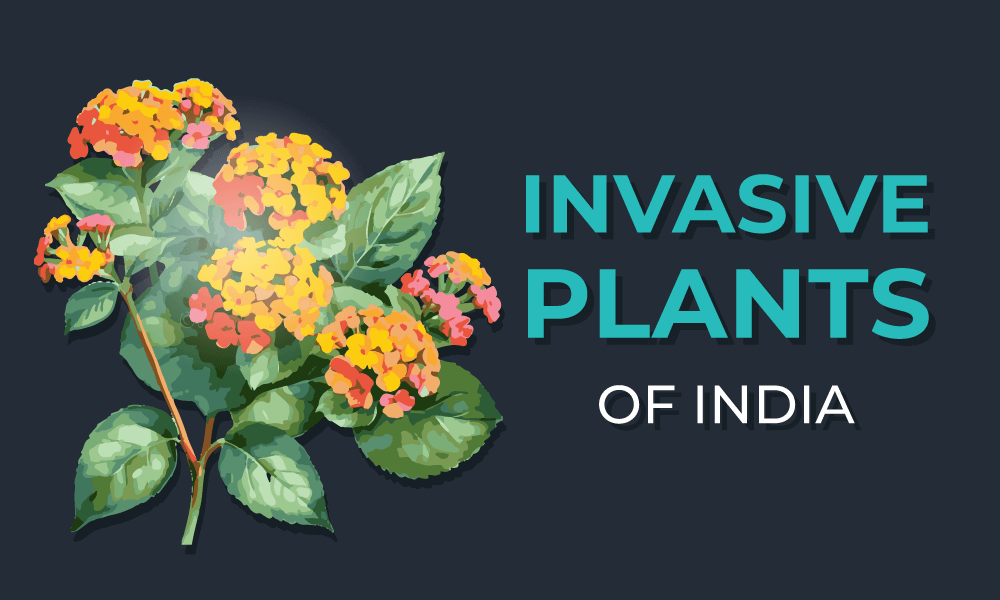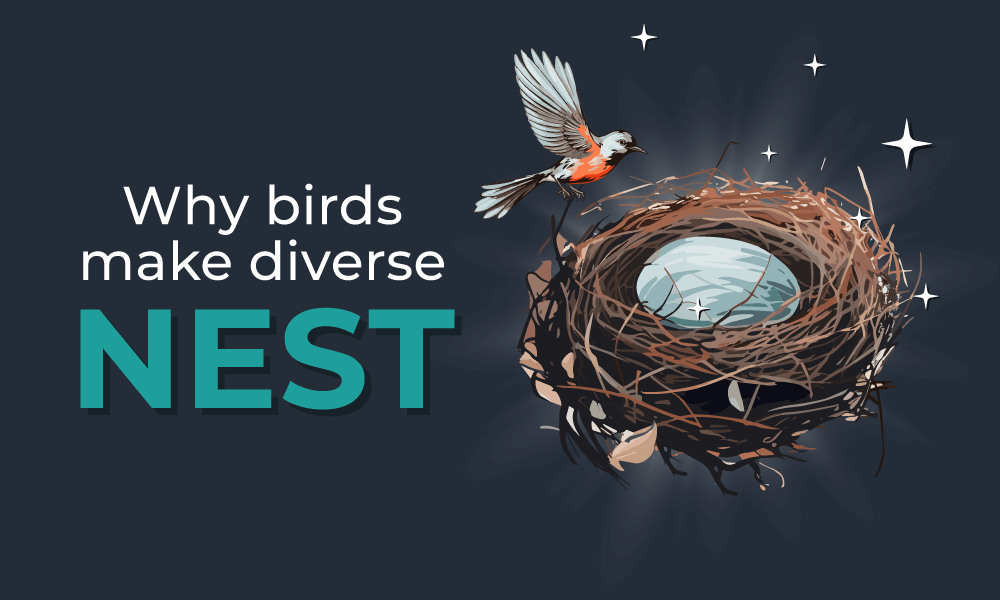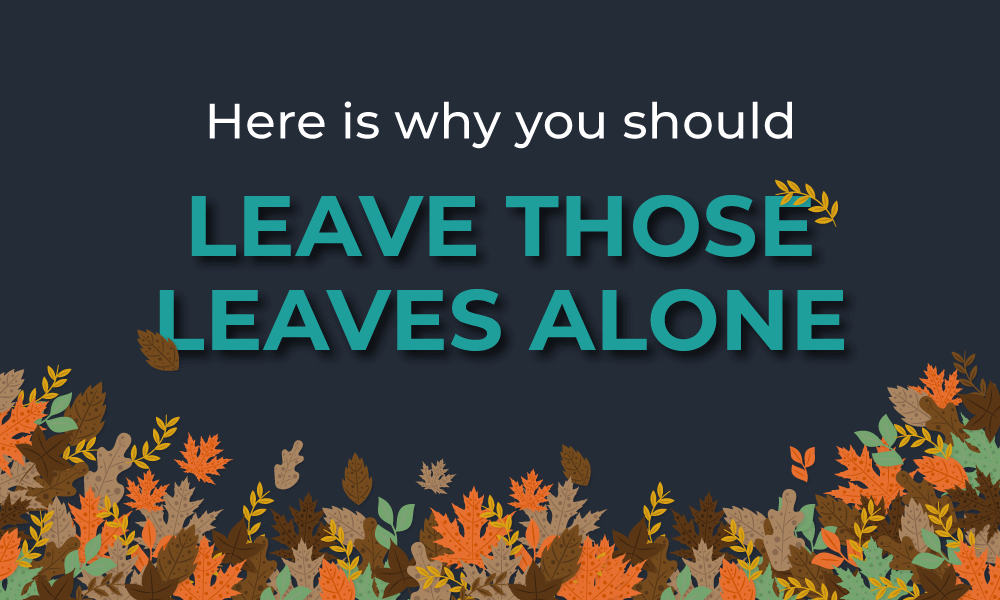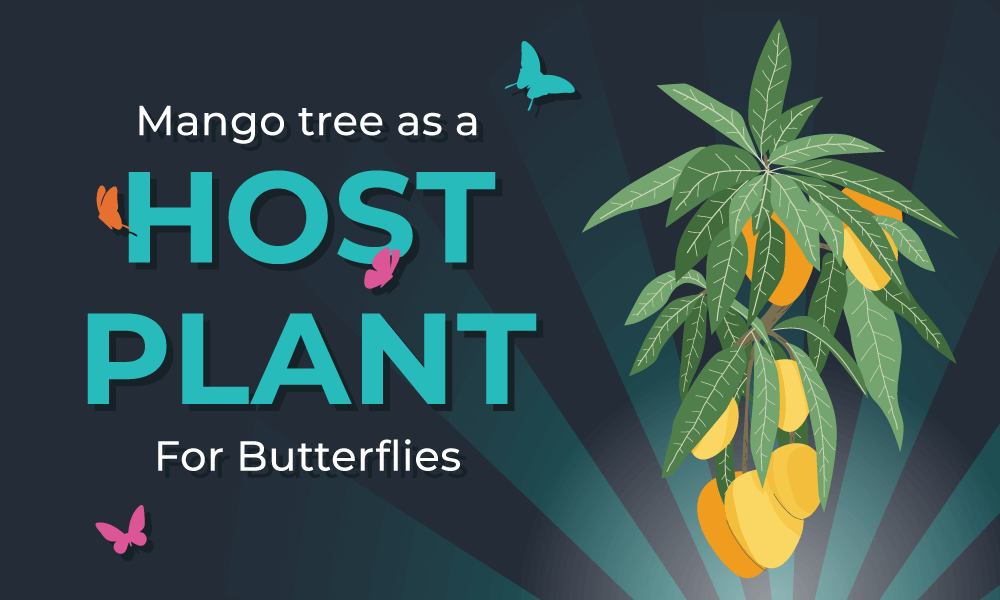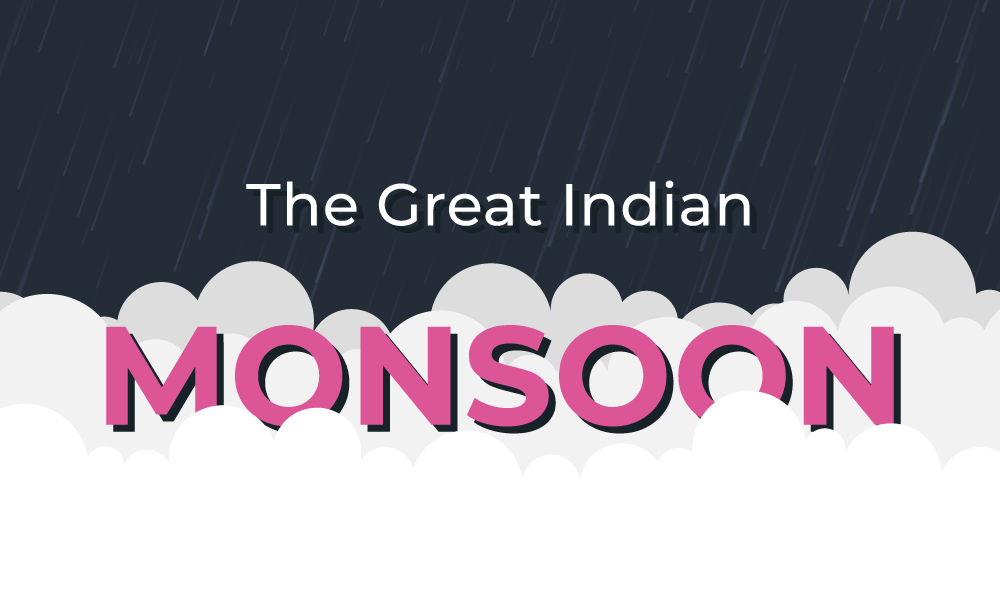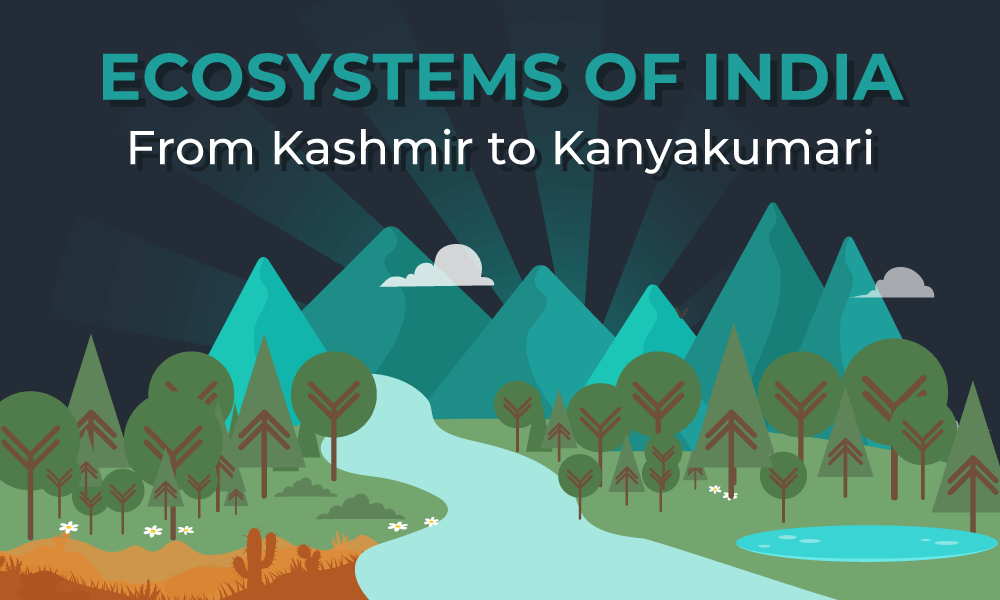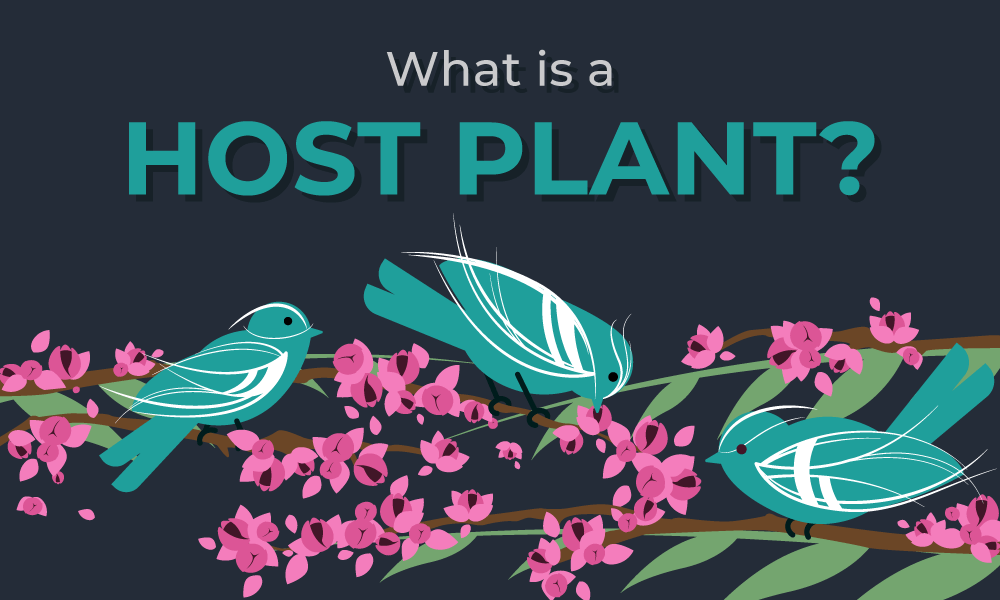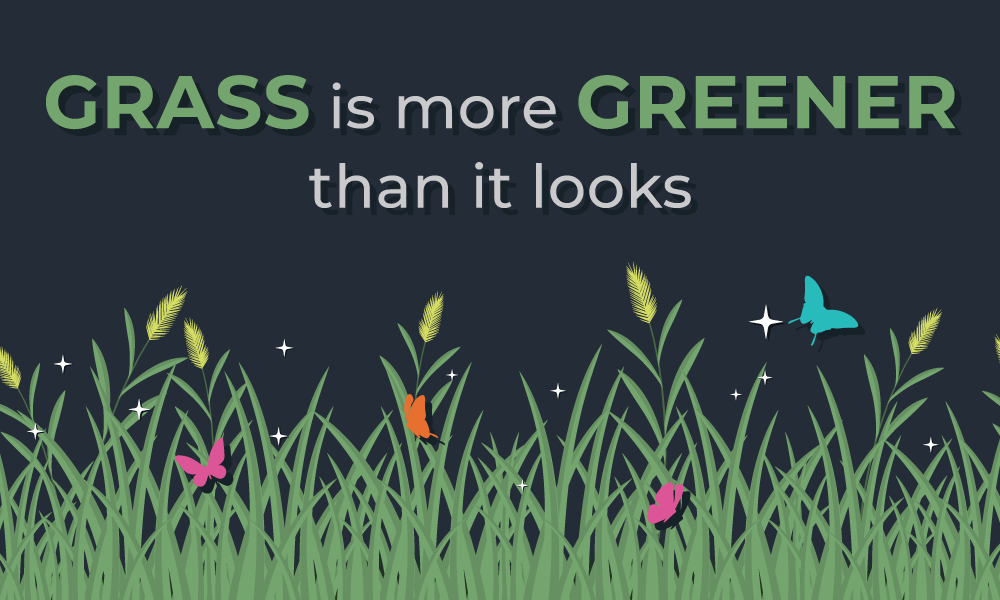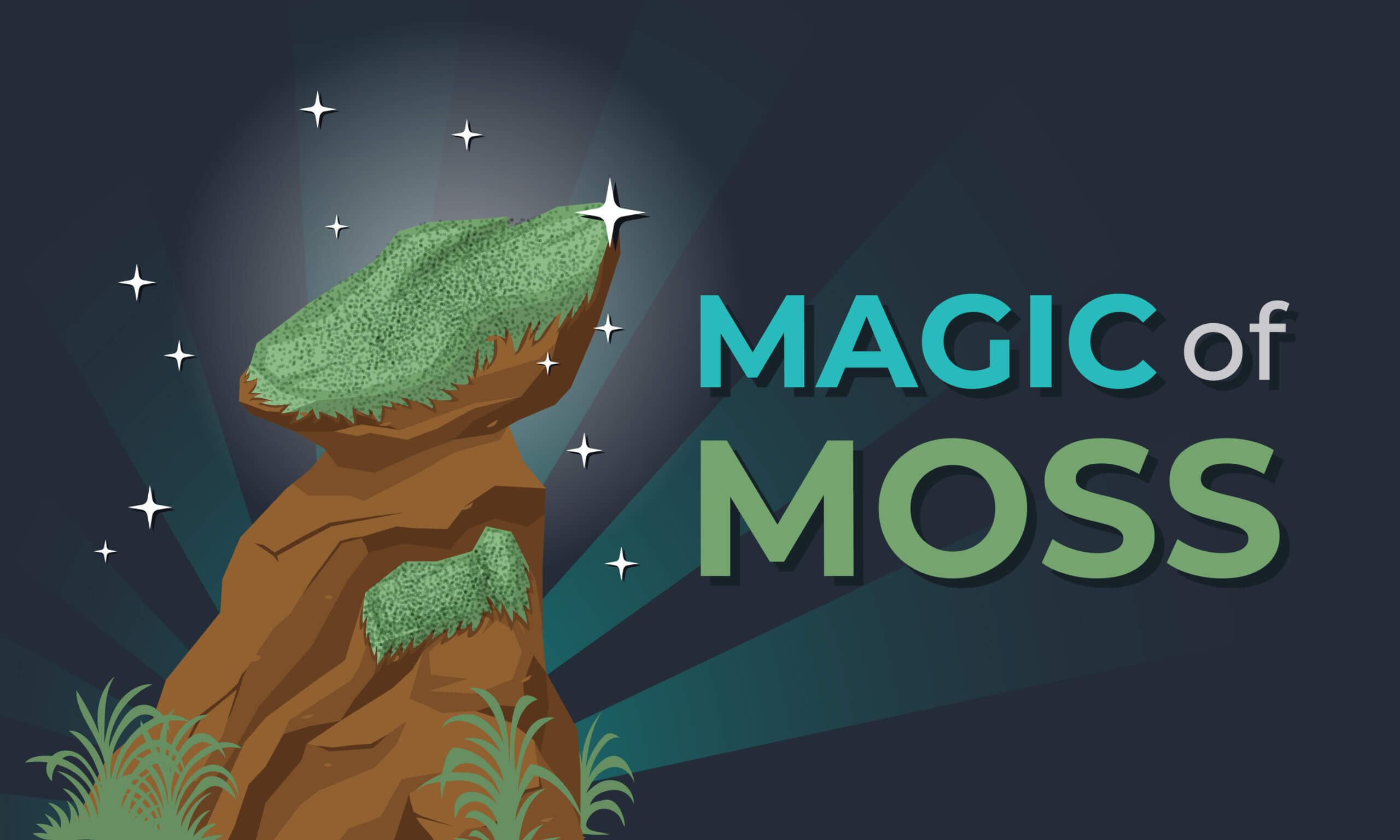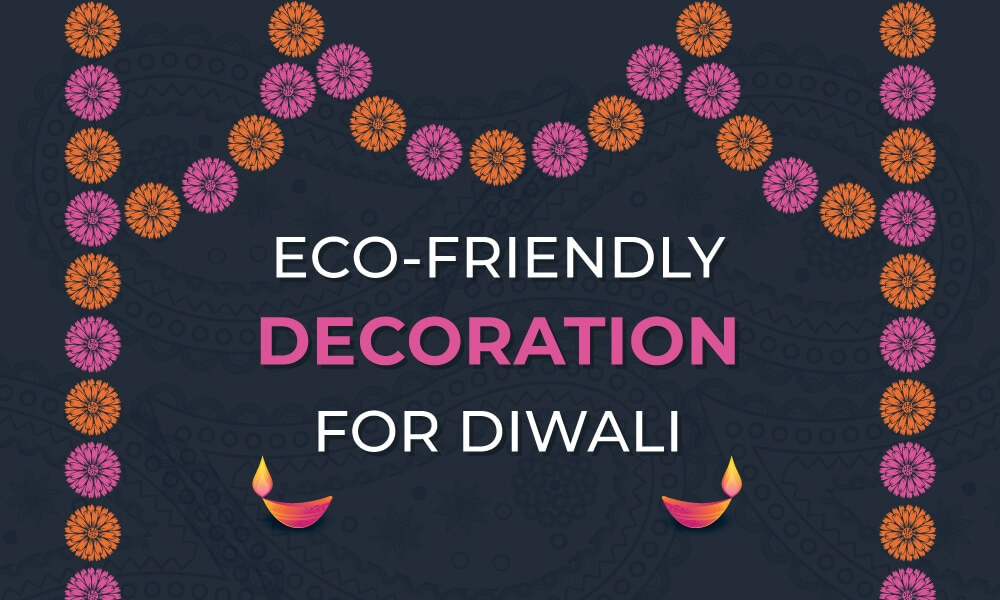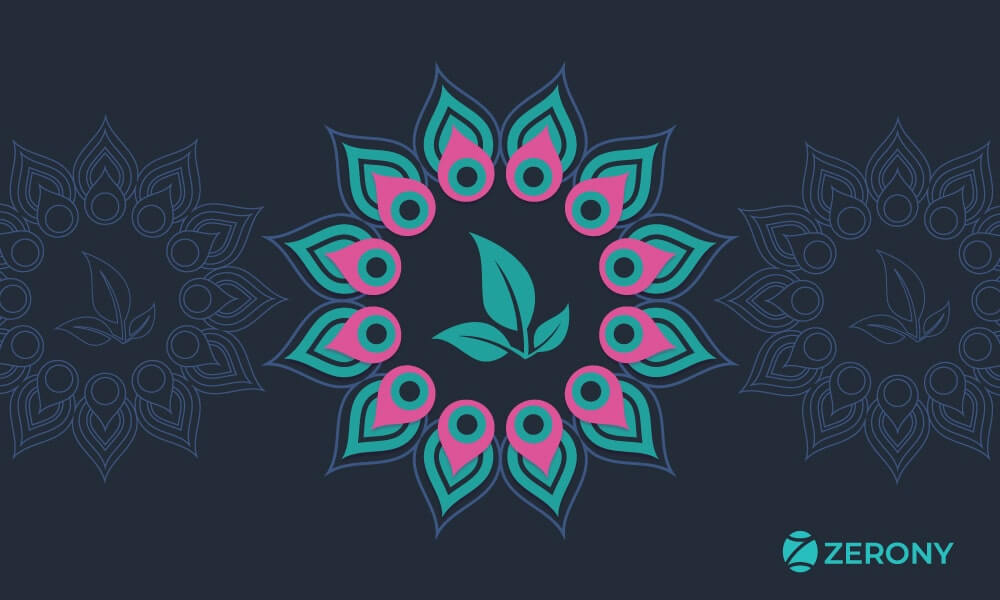The towering trees that make our urban landscapes breathable often seem silent and boring, their roots are trapped in the concrete jungle. But, beneath that leafy umbrella, there is a complex world full of survival, growth, and impact.
Indian urban trees, in particular, play a very important role in shaping our city’s environment and well-being. Let’s take a deeper look into the fascinating lives of these City Trees Survival and Impact.
Nature’s Urban Warriors
Just one young, healthy tree can have the same impact as 10 air conditioning units running for 20 hours a day. According to the World Economic Forum, within five years of planting, one tree can bring 3% energy savings for one household; and 12% within 15 years.
Trees drink up moisture from the soil, and in an urban environment, this can prevent damage and erosion caused by heavy rains. Each year, 1 tree will soak up 10,000 litres of water.
Trees are one of the most powerful tools we have in the fight against the climate emergency. When fully grown, an average tree can absorb around 48 pounds of carbon every year – in forty years this means it will have absorbed 1 tonne of carbon. We need to increase tree cover from 13% to 19% to reach the government’s net zero target by 2050.
The impact on the local ecosystem grows with time. Fully grown trees become homes for many bird species and attract other small animals – it’s common to see squirrels, and many types of butterflies and other insects in all kinds of trees. Trees bearing fruit and nuts are good for local wildlife, not to mention humans. The proximity to such an abundance of nature is good for everyone.
Native Urben Trees
India boasts a rich diversity of urban trees, each with its unique characteristics and benefits. Some of them are:



Neem (Azadirachta indica)
The temperature under the neem tree is 10° C less than the surrounding temperature; 10 air conditioners operated together may not do the job as efficiently and economically as a full-grown neem.
Peepal (Ficus religiosa)
One mature Peepal tree can produce oxygen for up to 9-10 people in a day. Additionally, Peepal trees can also help in reducing air pollution by absorbing pollutants from the air.
Banyan (Ficus benghalensis)
Banyans are the world’s biggest trees in terms of the area they cover. The biggest one alive today is in the Indian state of Andhra Pradesh. It covers 1.9 hectares (4.7 acres) and can shelter 20,000 people.



Ashoka (Saraca asoca)
Known for its slender trunk and lush green leaves, Ashoka is often planted in urban landscapes for ornamental purposes.
Amaltas (Cassia fistula)
With bright yellow flowers, Amaltas is a beautiful addition to urban landscapes.
Arjuna (Terminalia arjuna)
Often planted along roadsides, the Arjuna tree is known for its medicinal properties and resilience.



Bakul (Mimusops elengi): Also known as the Bulletwood tree, Bakul is appreciated for its fragrant flowers and is often planted along roadsides and in parks.
Bottlebrush (Callistemon spp.): Known for its unique, brush-like flowers, the Bottlebrush tree is often used in urban landscaping.
Palash (Butea monosperma): Also known as the Flame of the Forest, Palash is recognized for its striking orange-red flowers and is often planted in urban gardens



Siris (Albizia lebbeck): With its dense foliage and fragrant flowers, the Siris tree is commonly used for avenue planting.
Kadamba (Neolamarckia cadamba): Known for its round, fragrant flowers, Kadamba trees are often found in parks and along streets.
Kachnar (Bauhinia variegata): This tree is famous for its orchid-like flowers, which range in color from white to pink, and is often planted in urban areas.



Pongam (Millettia pinnata): Also called Karanj or Indian Beech, this tree is valued for its ability to thrive in poor soil and is often planted along roadsides.
Cassia javanica: Also known as the Pink Shower tree, it is admired for its pink flowers and is often used in urban landscaping.
Karvi (Strobilanthes callosa): Known for blooming once in seven years, the Karvi bush/tree is often found in the Western Ghats but is also planted in urban areas.



Copper Pod (Peltophorum pterocarpum): Known for its bright yellow flowers and copper-colored pods, this tree is a common sight along city roads.
Rain Tree (Samanea saman): A large, spreading tree that provides excellent shade, often found in parks and along boulevards.
The Bakain tree (Melia azedarach): also known as Persian Lilac, is a fast-growing, resilient tree valued for its fragrant flowers, dense shade, and natural insect-repellent properties. Commonly found in urban areas, it thrives in poor soil and is often used in parks and along roadsides.
Saving Nature’s Urban Warriors
The pressures of urban development mean that sometimes trees are removed to make way for infrastructure. So there will always be a need to plant more trees in urban areas – even if it’s just one!
As the well-known proverb says – ‘The best time to plant a tree was twenty years ago. The second best time is now.’
You can make a difference to the world on your doorstep, and what better place to start?
By understanding the secret lives of urban trees and taking steps to protect them, we can ensure that these green giants continue to thrive in our cities for generations to come.



























